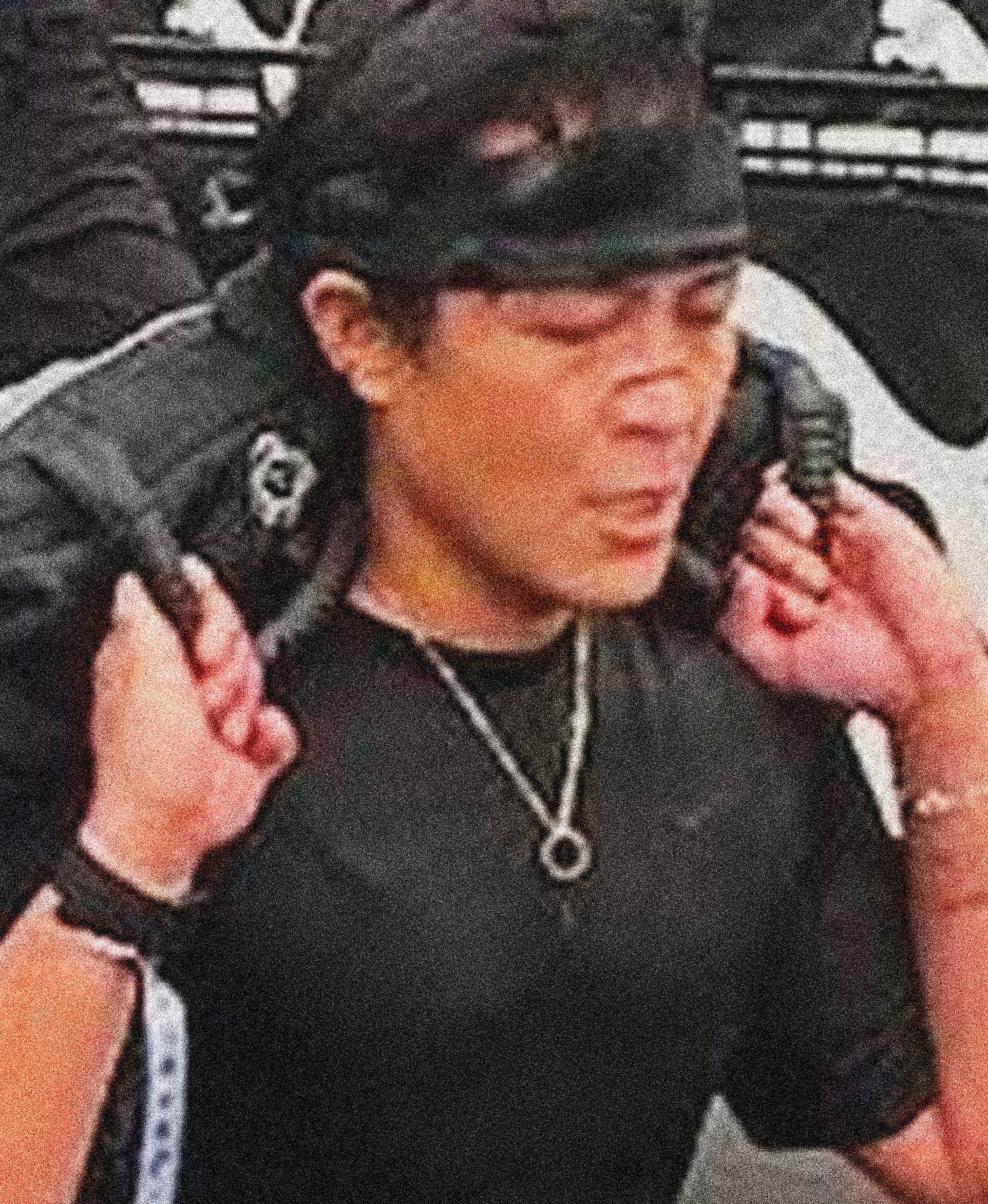Coming Out as a Jock
A test of strength becomes a confession—and a quiet kind of victory.
It was a moody day in May. The air felt thick; each inhale was like the apex of a held breath begging to be released. At New York’s Pier 76, I competed in Hyrox—a brutal obstacle-course race that tests not just what your body can carry, but what it’s ready to let go.
An 8k run, broken up by 8 functional workout stations. A 1000-meter ski erg. A 335-pound sled push for 50 meters. And wall balls: one hundred deep squats with a 14-pound ball thrown at a 10-foot target, every rep landing heavy as old shame.
In my division: the men. The impossibly fit ones, IRL—the kind you see in Instagram feeds who make you feel guilty for eating a slice of cheeseless, low-calorie, gluten-free pizza. They didn’t look carved. They looked welded. They ran around — jostling, heaving, colliding — in a brute choreography of muscle and sweat, chasing sub-90-minute finishing times. Some, absurdly, sub-60.
Me? I just didn’t want to be sub-optimal.
I’m athletic. But I didn’t have the size. I trained for a few weeks at Training Lab, where they strategically wear you down each class to prepare for the race, but not long enough to carry my own weight with real confidence. I was cooked.
I grew up playing tennis competitively. I knew discipline. I knew the vomit-inducing grind it took to be able to whip forehands that can generate penetrating RPMs on the ball, even after 2 hours of sprinting like my life depended on it.
But this—this was something else.
As a kid on the tennis court, this was the kind of place I learned to fear too. Not the court itself, but what gathered around it: masculine aggression that often came with edges. And at that insecure pre-teen age, it felt like those edges were always pointed at me because I was gay. They threw around slurs. Sometimes as jokes, but the punchline always hit harder than the laugh. The locker room was a place you learned to shrink, to disappear without leaving.
It took me back to a different arena.
I was nine. For two months each year, Chris and I were the same age—he’s ten months younger. We trained for tennis on Friday evenings at Stadium in the Bronx, a stone’s throw from an urban strip mall. When it was quiet at night, you could hear the rumble of the 4 train. He says we met then. We’re married millennials now, but he tells me he admired me then too.
I didn’t see it—because I didn’t have it for myself. During practice, I always pulled my Nike cap low. I wasn’t angry. I was just afraid to be me. But fear wears rage well. I remember the sting of shanked forehands because I forced my wrist to be too firm. So I smashed my racket. I remember trying to run like someone who didn’t know the word fag could mean you. Every move was a calculation:
Don’t look soft.
Don’t volley like that.
Don’t be that.
I held tight to that rulebook into adulthood, even as it held me back sometimes.
I never had to come out as gay. But that morning felt like the end of a long confession — not of who I loved, but of who I had always been trying not to be: a jock.
Midway through the race, my whole left leg was cramping hard.
My brother John, who was racing the next day, was filming my performance on his iPhone from the sidelines. I hadn’t told the family I was racing Friday—I didn’t want anyone to watch me. He knew my start time and showed up anyway. But that quiet kind of support, reticent and real, we knew well as third culture kids: Filipinos growing up in America. At the 100m 45-pound sandbag lunge station, deep in the throes of leg pain, my body begged to stop. I wanted out. Every step stung.
But he locked eyes with me, and his look said it without words: Keep going.
The tightening in my leg was like remembering something it tried to forget. In the past, I’d have given up. But this time, I didn’t. As I took another slurp of the energy gel mid-run, I asked: Are you going to quit? Or are you going to win—not the race, but the war against your own self-imposed limits?
Josh, my PT at Mocean, told me earlier in the week: “If the cramp hits, run backwards while moving forward.” So I did. It relieved tension from my quads and kept the lactic acid at bay. But it did something else, too.
I turned around. Chest to the wind, back to the finish line. I moved in reverse—past all the versions of boys I’d been.
The one who flinched.
The one who faked anger to hide fear.
The one who thought disappearing was a form of survival.
Then, the one I hadn’t met before.
A Hyrox finisher finally rooting for himself.
Robert Cordero is a journalist, advisor, and entrepreneur shaping the edges of sport, fashion, media, and identity. He is a longtime contributing editor at The Business of Fashion, editorial director of Players, and a contributor to the Financial Times. He is also the co-founder of VLO Studios, a Fortnite game development studio for new media experiences.




Enjoyed this, thanks to @daniel-yaw miller.
Same👆
I’ve done a couple of Hyrox and as a former Rugby player this resonates